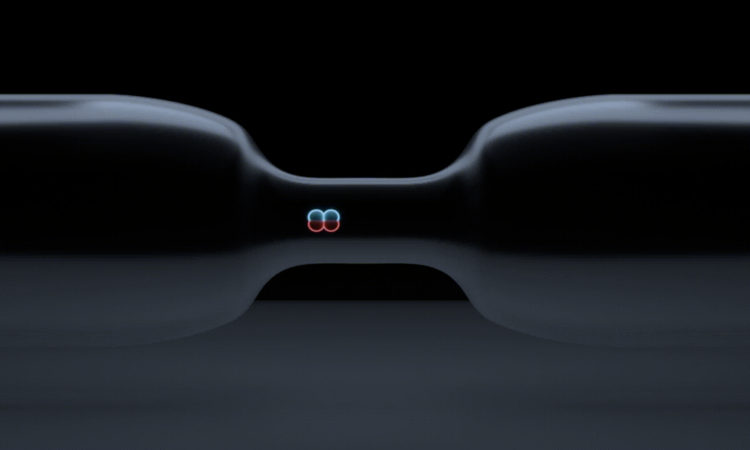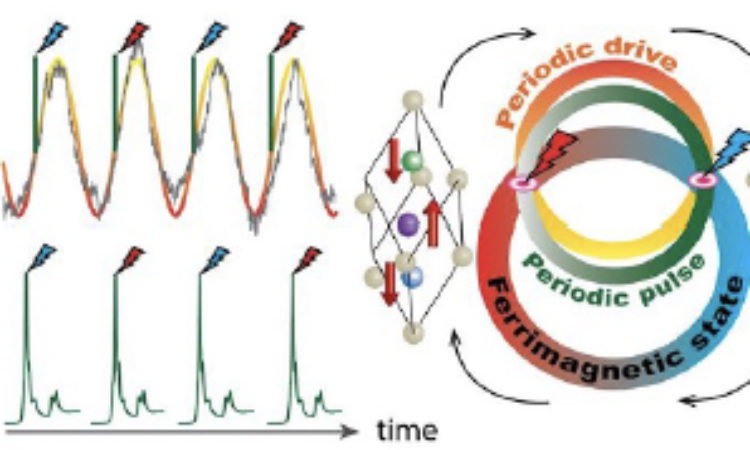Sculpting curved spaces in quantum materials

By Andrea Caviglia, UNIGE
In two-dimensional electron systems found at interfaces of materials with a very low crystal symmetry, the geometry of electronic wavefunctions directly influences charge motion. This leads to electrodynamics that elude a classical description. In the study reported by Lesne et al., the team designed and synthesised a conducting interface sandwiched between two insulating materials, lanthanum aluminate and strontium titanate.

The unique feature of this interface is that it hosts electrons in a complex quantum superposition at finite crystal momentum involving both their intrinsic (spin) and orbital angular momentum. In their study, the researchers show that such complex superposition results in two distinct quantum transport phenomena: the anomalous planar Hall effect and the nonlinear Hall effect.
Such distinct effects diagnose two different sources of geometric curvature engineered by rational material design. This study emphasises a new approach for controlling quantum mechanical superpositions at surfaces and interfaces of quantum materials, enabling the combination of spintronic and optoelectronic functionalities in a single material.
Based on article published in Nature Materials
Read the press release



